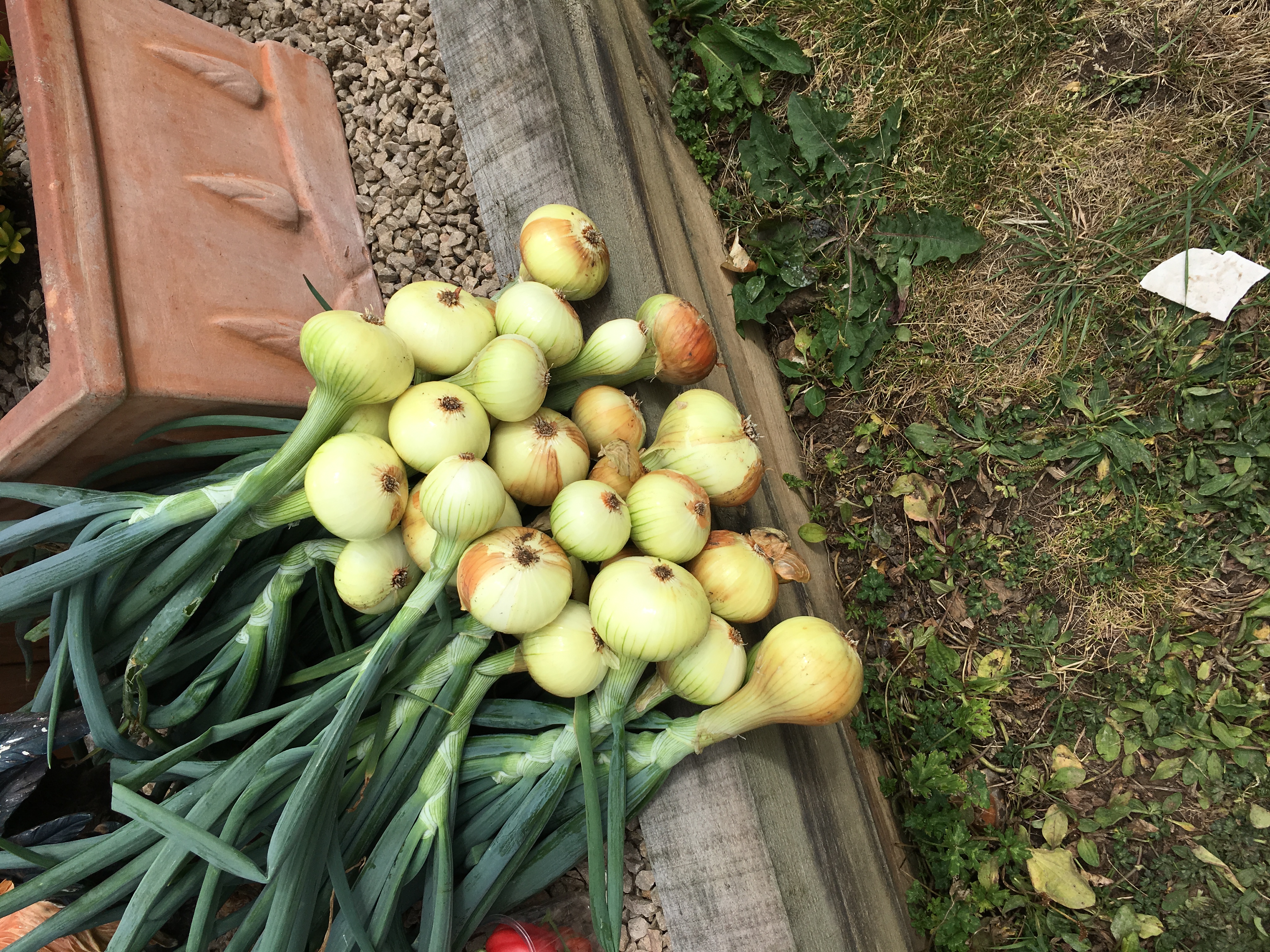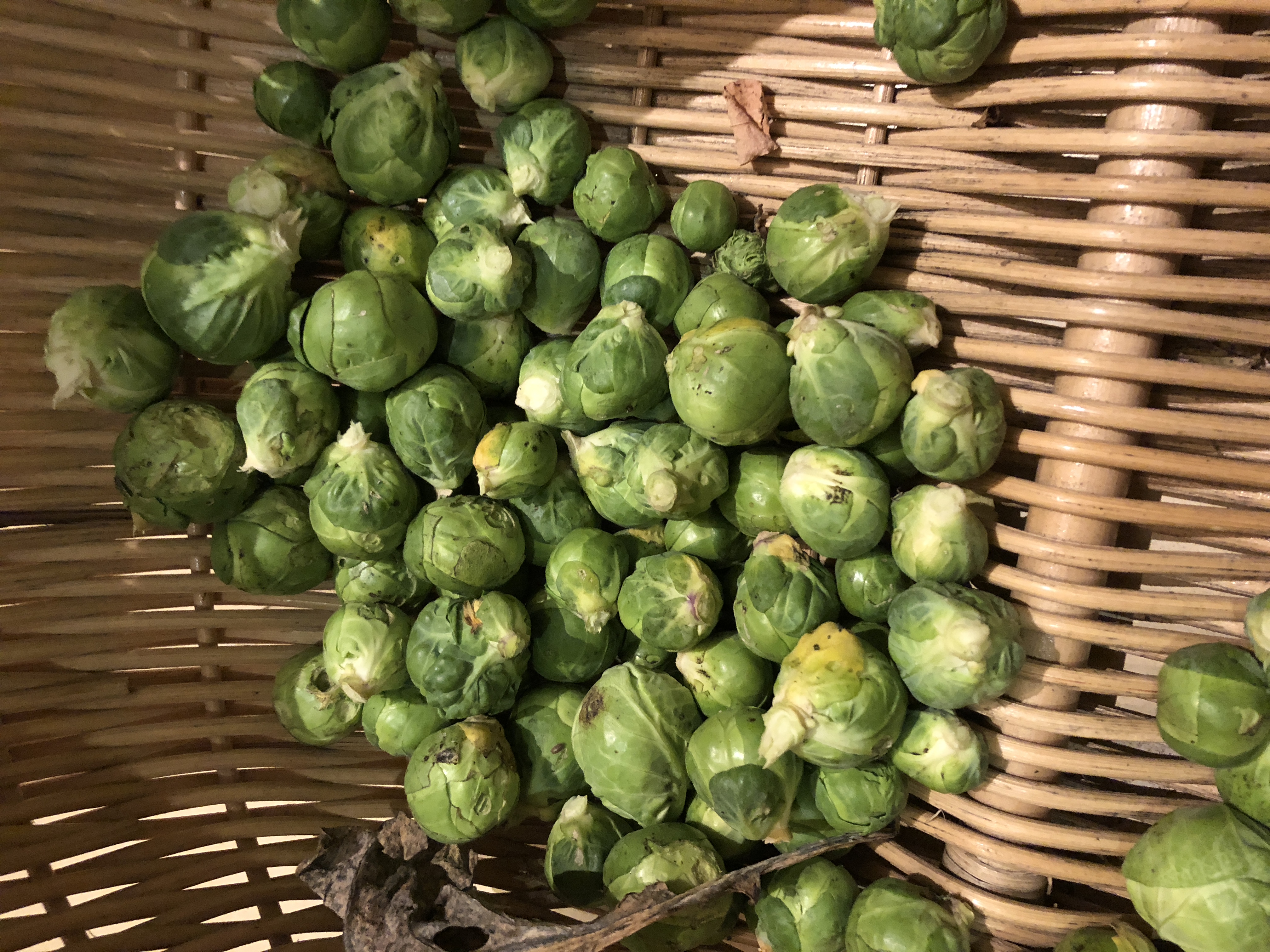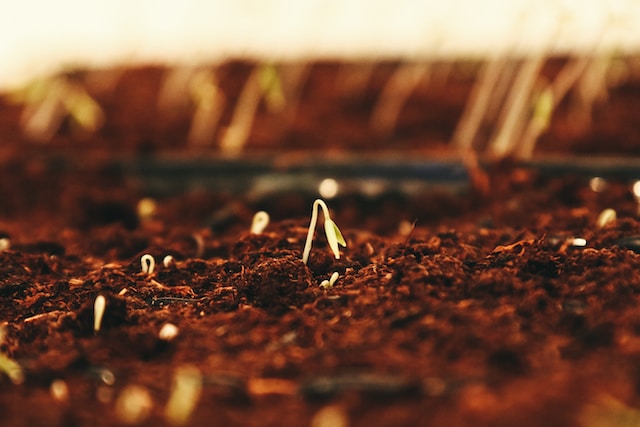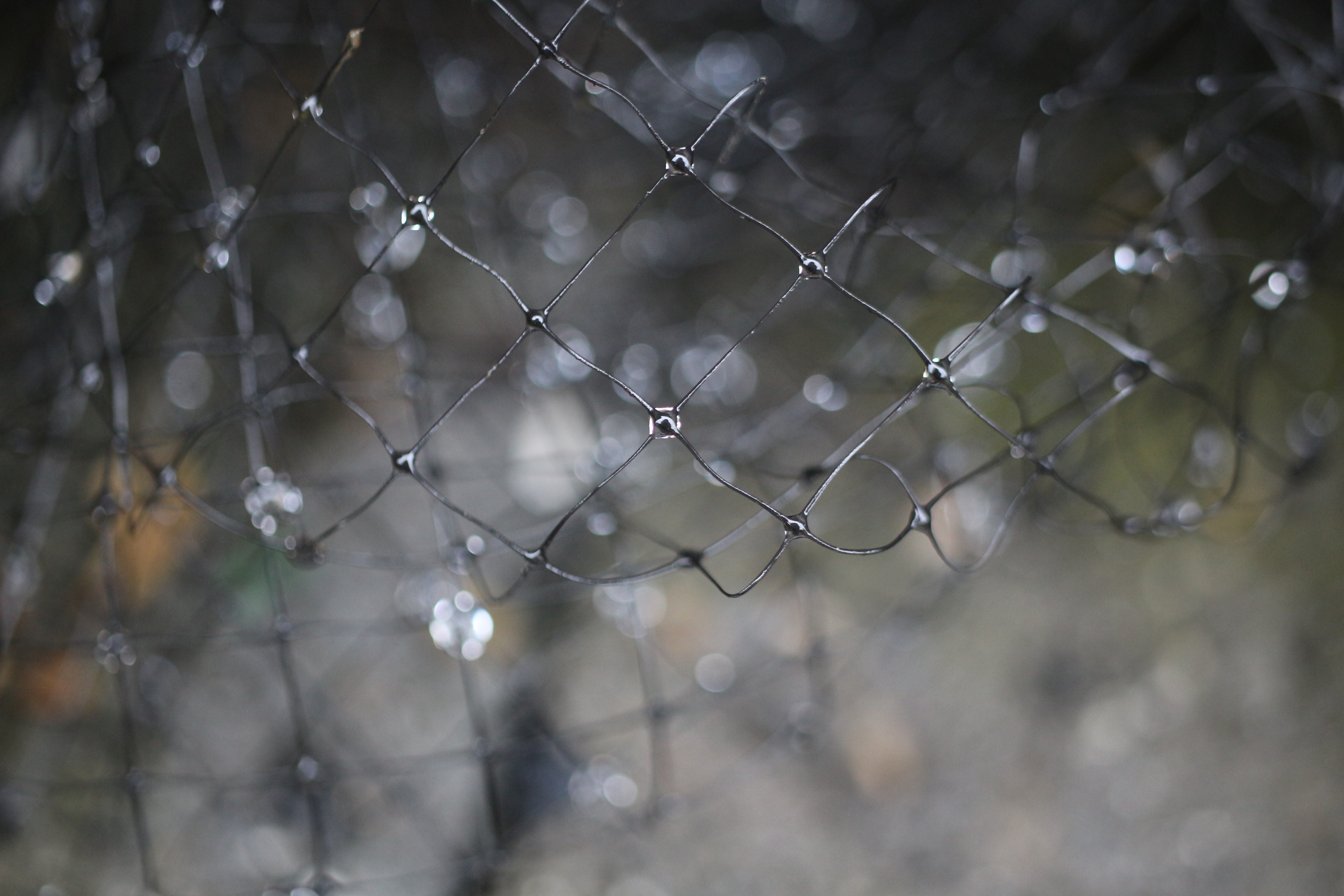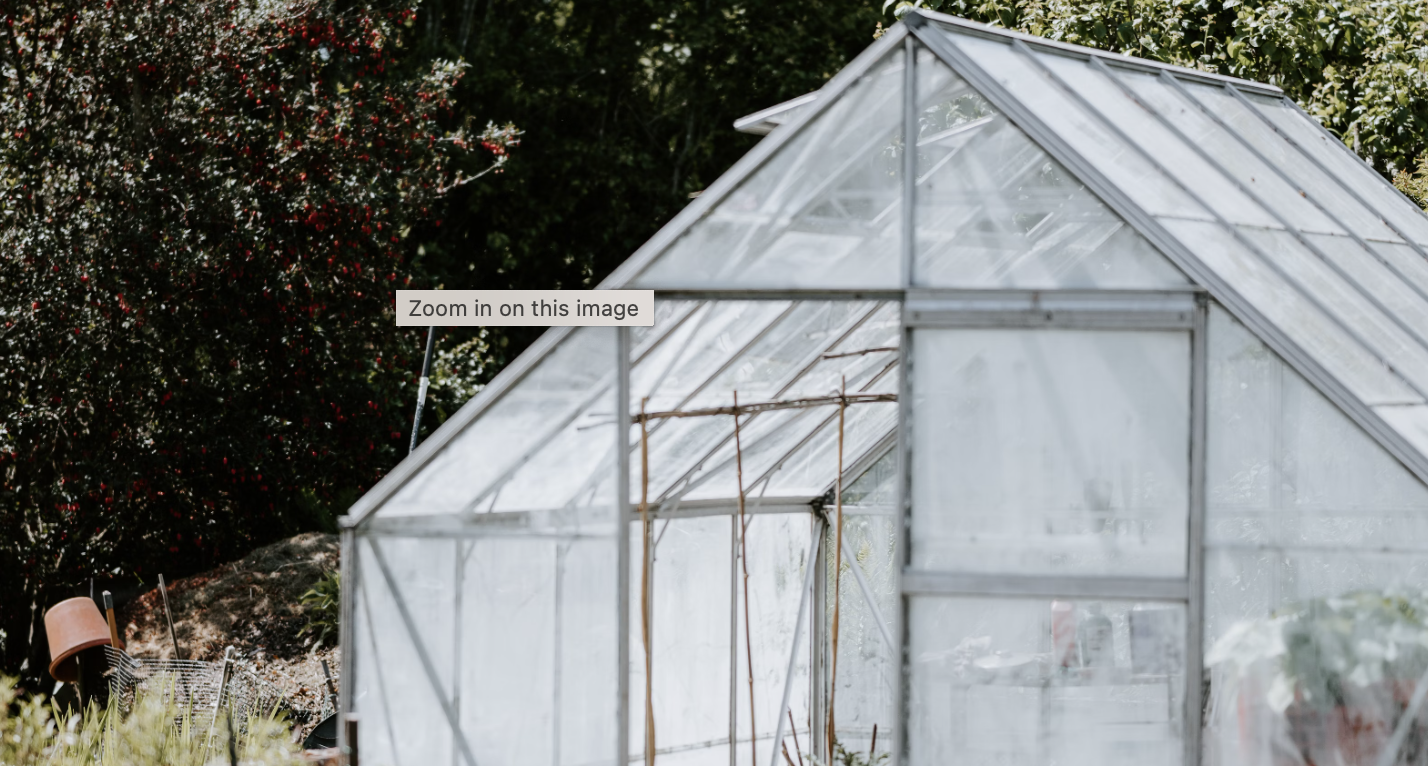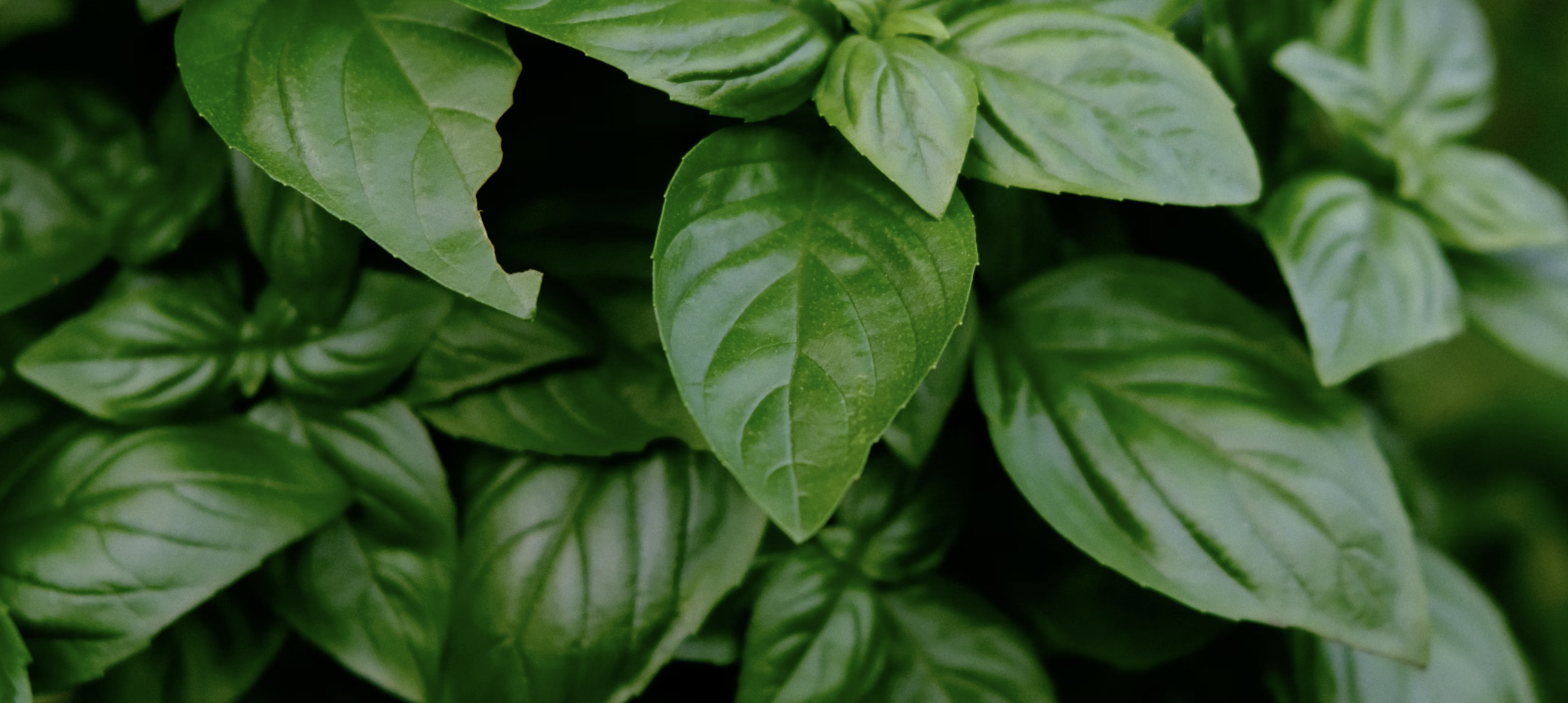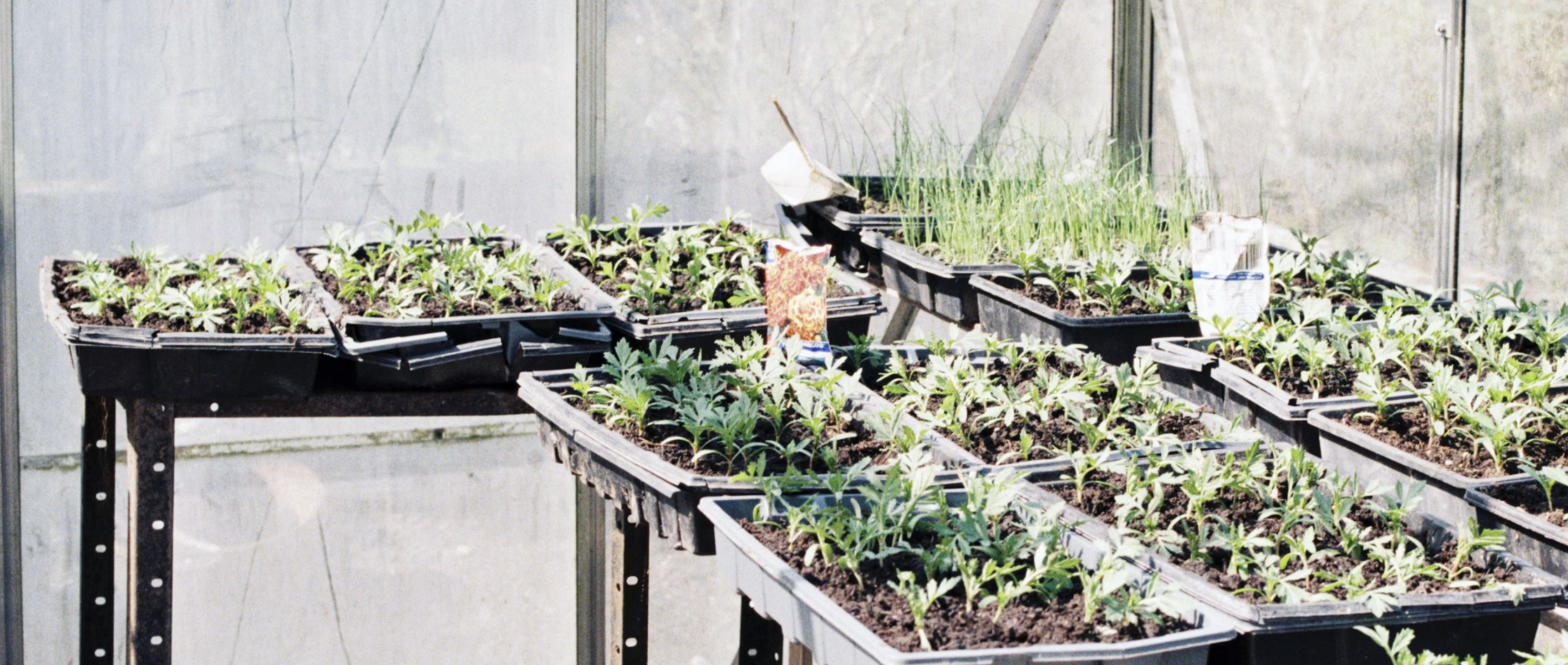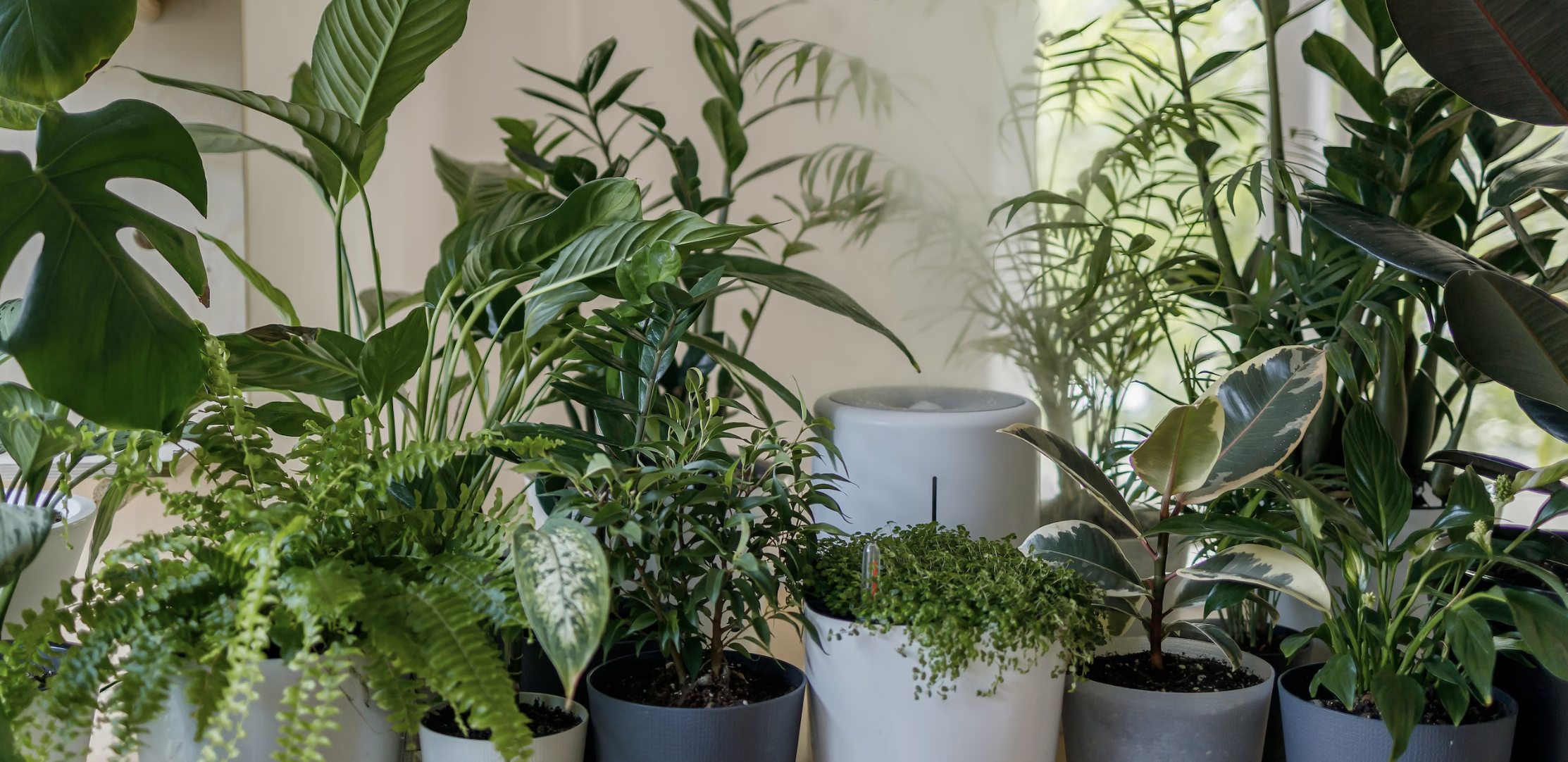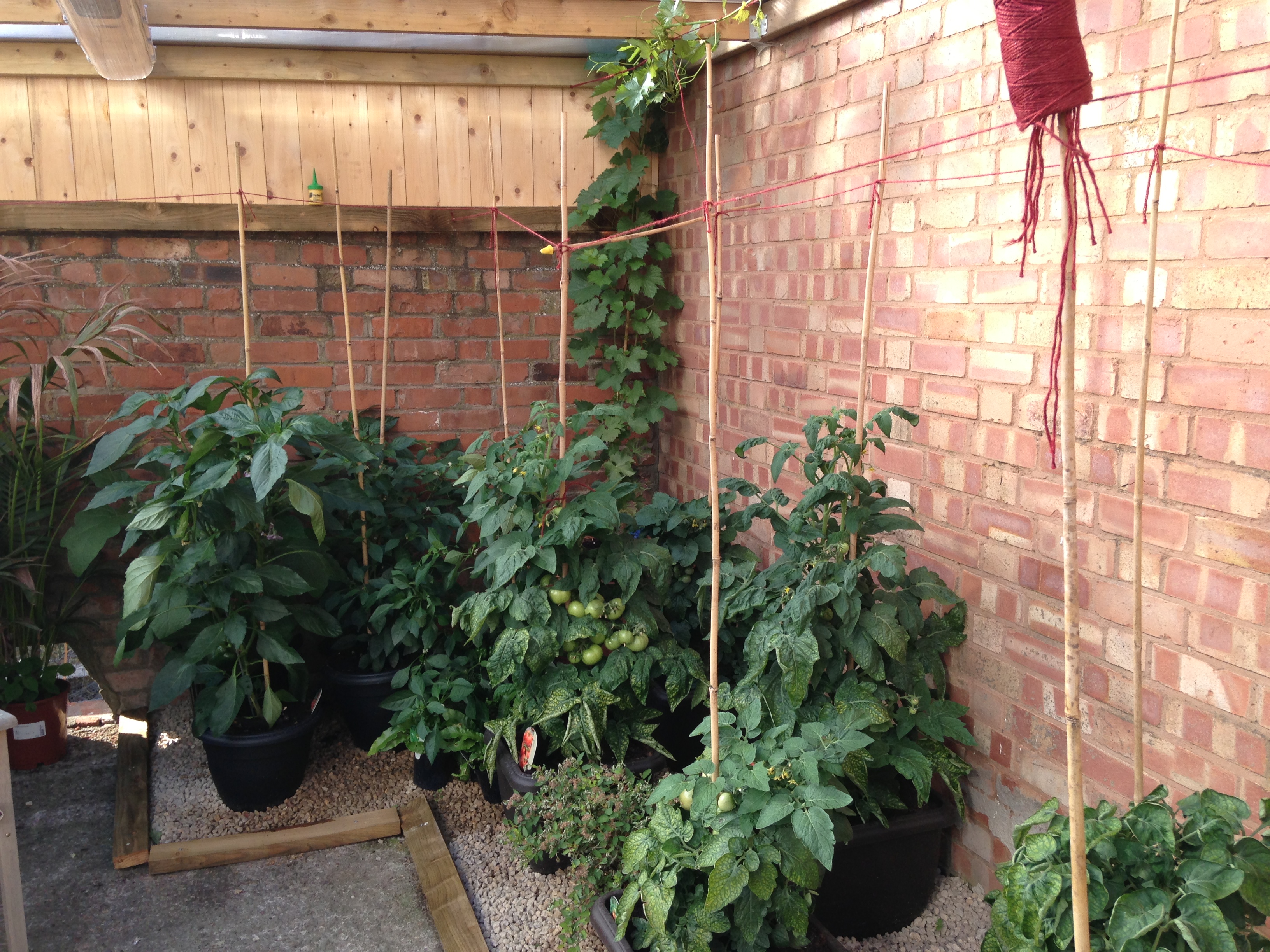
In general, it's recommended to start planning and preparing your vegetable garden well in advance of the growing season. Here are some general guidelines:
-
Spring Planting:
- In many regions, spring (March to May in the Northern Hemisphere and September to November in the Southern Hemisphere) is a popular time to start planting a wide variety of vegetables. As the weather warms up, plants have a better chance of establishing strong roots.
-
Cool-Season Vegetables:
- Some vegetables prefer cooler temperatures and can be planted in early spring or late summer. Examples include lettuce, spinach, carrots, peas, and broccoli. These can be planted a few weeks before the last frost in spring or after the peak of summer heat.
-
Warm-Season Vegetables:
- Vegetables like tomatoes, peppers, squash, and beans thrive in warmer temperatures. It's usually best to plant them after the last frost in spring when the soil has warmed up.
-
Fall Planting:
- In some regions, a second planting season in late summer or early fall allows for crops that can withstand cooler temperatures, such as kale, radishes, and certain types of lettuce.
-
Year-Round Gardening (in mild climates):
- In mild climates, where frost is not a concern, you may be able to garden throughout the year. Consider the specific needs of the vegetables you want to grow and plan accordingly.
-
Soil Preparation:
- Regardless of the specific planting month, it's essential to prepare the soil well in advance. This includes adding compost, organic matter, and ensuring proper drainage.
Always check your local frost dates and growing zone to determine the best times for planting in your specific area. Additionally, consider factors such as the amount of sunlight your garden receives and any microclimates that may exist on your property. Gardening success often requires a combination of careful planning, soil preparation, and attention to local climate conditions.




